Are there any limits to large neural networks?
OpenAI will release GPT-4 in the next few years. It will have around 100 trillion parameters.
Are there any limits to large neural networks?
OpenAI will release GPT-4 in the next few years. It will have around 100 trillion parameters.
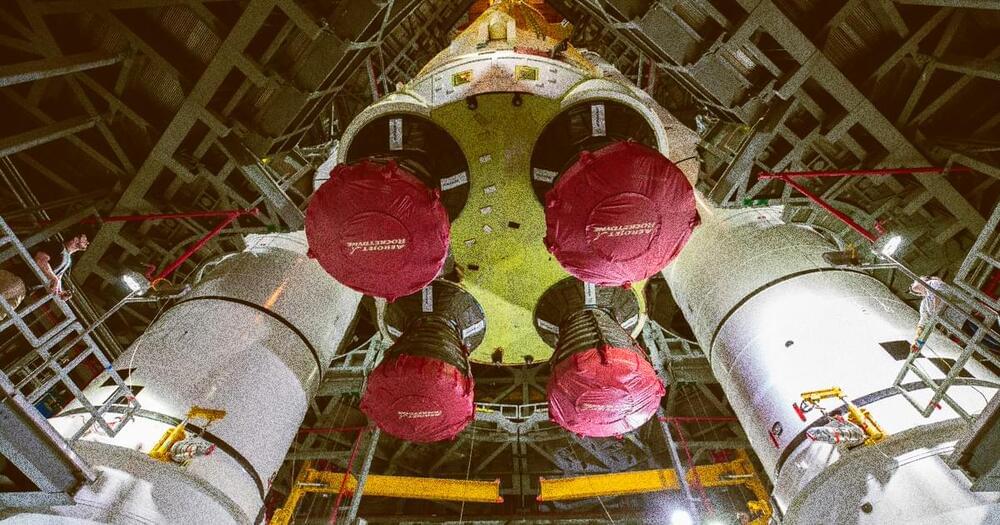
“The agency continues to monitor the rise of COVID cases in the Kennedy area, which combined with other factors such as weather and first-time operations, is impacting our schedule of operations,” NASA spokesperson Kathryn Hambleton told Ars. “Moving step by step, we are progressing toward launch while keeping our team as safe as possible.”
However, the SLS has already been delayed for years and surpassed budget expectations by billions of dollars. So while the pandemic has certainly thrown another wrench into the works, it’s not like things were progressing smoothly before the coronavirus struck. Regardless, Hambleton says that NASA should offer a revised schedule soon.
“As always, we will fly only when we are ready,” she told Ars Technica.
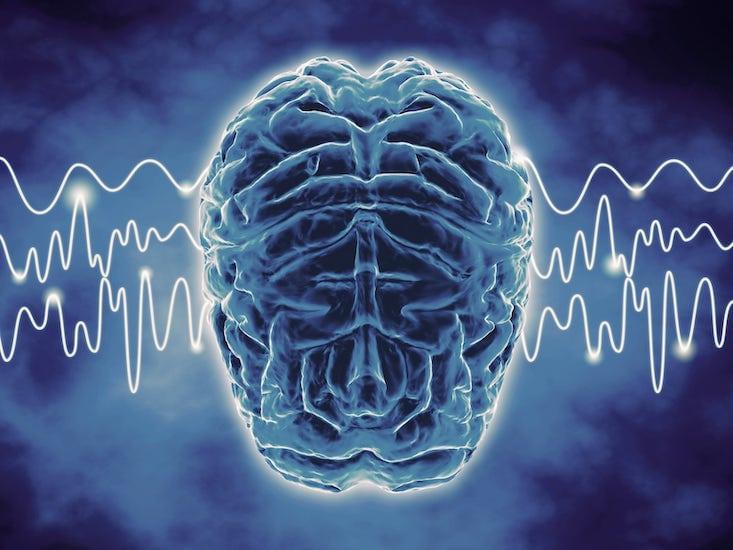
How does consciousness arise? What might its relationship to matter be? And why are some things conscious while others apparently aren’t? These sorts of questions, taken together, make up what’s called the “hard problem” of consciousness, coined some years ago by the philosopher David Chalmers. There is no widely accepted solution to this. But, fortunately, we can break the problem down: If we can tackle what you might call the easy part of the hard problem, then we might make some progress in solving the remaining hard part.
This is what I’ve been up to in recent years with my partner in crime, Jonathan Schooler, a psychologist at U.C. Santa Barbara. Since I came up in philosophy, rather than neuroscience or psychology, for me the easy part was deciding the philosophical orientation. Schooler and I duked it out over whether we should adopt a materialist, idealist, panpsychist, or some other position on our way to a complete answer. I am, as I’ve written in Nautilus before, a card-carrying panpsychist, inspired by Alfred North Whitehead, David Ray Griffin, David Skrbina, William Seager, and Chalmers. Panpsychism suggests that all matter has some associated mind/consciousness and vice versa. Where there is mind there is matter, where there is matter there is mind. They go together like inside and outside. But for Jonathan, this was far too glib. He felt strongly that this was actually the hard part of the problem. Since he’s the Distinguished Professor and I’m not, we decided to call this philosophical positioning the hard part of the hard problem.
Consciousness is a snapshot of time.

Our reign as sole understanders of the cosmos is rapidly coming to an end. We should not be afraid of this. The revolution that has just begun may be understood as a continuation of the process whereby the Earth nurtures the understanders, the beings that will lead the cosmos to self-knowledge. What is revolutionary about this moment is that the understanders of the future will not be humans but cyborgs that will have designed and built themselves from the artificial intelligence systems we have already constructed. These will soon become thousands then millions of times more intelligent than us.
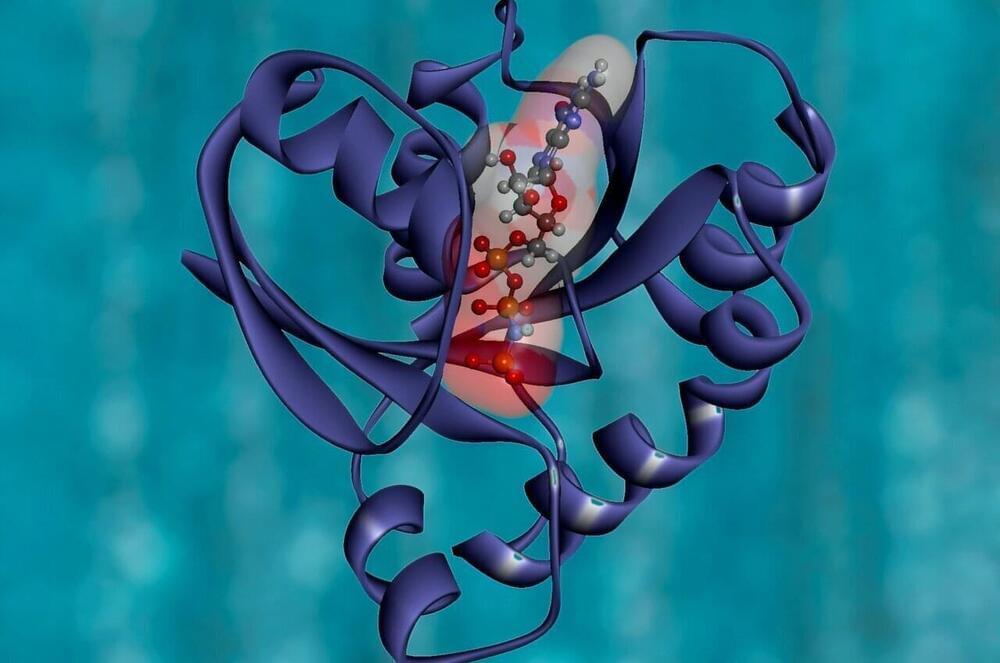
“The dream of predicting a protein shape just from its gene sequence is now a reality,” said Paul Adams, Associate Laboratory Director for Biosciences at Berkeley Lab. For Adams and other structural biologists who study proteins, predicting their shape offers a key to understanding their function and accelerating treatments for diseases like cancer and COVID-19.
The current approaches to accurately mapping that shape, however, usually rely on complex experiments at synchrotrons. But even these sophisticated processes have their limitations—the data and quality aren’t always sufficient to understand a protein at an atomic level. By applying powerful machine learning methods to the large library of protein structures it is now possible to predict a protein’s shape from its gene sequence.
Researchers in Berkeley Lab’s Molecular Biophysics & Integrated Bioimaging Division joined an international effort led by the University of Washington to produce a computer software tool called RoseTTAFold. The algorithm simultaneously takes into account patterns, distances, and coordinates of amino acids. As these data inputs flow in, the tool assesses relationships within and between structures, eventually helping to build a very detailed picture of a protein’s shape.
Mashable is your source for the latest in tech, culture, and entertainment.
Watch more episodes of.
Follow us:
Check out https://mashable.com/
Facebook: https://www.facebook.com/mashable.
Twitter: https://twitter.com/mashable.
Instagram: https://www.instagram.com/mashable
Cumrun Vafa is a theoretical physicist at Harvard. Please support this podcast by checking out our sponsors:
- Headspace: https://headspace.com/lex to get free 1 month trial.
- The Jordan Harbinger Show: https://www.youtube.com/thejordanharbingershow.
- Squarespace: https://lexfridman.com/squarespace and use code LEX to get 10% off.
- Allform: https://allform.com/lex to get 20% off.
CORRECTIONS:
- I’m currently hiring folks to help me with editing and image overlays so there may be some errors in overlays (as in this episode) as we build up a team. I ask for your patience.
- At 1 hour 27 minute mark, we overlay an image of Brian Greene. We meant to overlay an image of Michael Green, an early pioneer of string theory: https://bit.ly/michael-green-physicist.
- The image overlay of the heliocentric model is incorrect.
EPISODE LINKS:
Cumrun’s Twitter: https://twitter.com/cumrunv.
Cumrun’s Website: https://www.cumrunvafa.org.
Puzzles to Unravel the Universe (book): https://amzn.to/3BFk5ms.
PODCAST INFO:
Podcast website: https://lexfridman.com/podcast.
Apple Podcasts: https://apple.co/2lwqZIr.
Spotify: https://spoti.fi/2nEwCF8
RSS: https://lexfridman.com/feed/podcast/
Full episodes playlist: https://www.youtube.com/playlist?list=PLrAXtmErZgOdP_8GztsuKi9nrraNbKKp4
Clips playlist: https://www.youtube.com/playlist?list=PLrAXtmErZgOeciFP3CBCIEElOJeitOr41
OUTLINE:
0:00 — Introduction.
1:51 — Difference between math and physics.
4:34 — Evolution of quantum mechanics.
7:52 — Can mathematics lead humanity off track.
8:51 — Beauty in mathematics.
14:10 — Philosophers using symmetry.
20:04 — How can ancient geometry be used to understand reality.
23:16 — Key ideas in the history of physics.
26:09 — Einstein’s special relativity.
29:46 — Physicists building intuition.
37:44 — Best work by Einstein.
39:28 — Quantum mechanics.
49:30 — Quantum gravity.
51:45 — String theory.
1:07:54 — 10th Dimension.
1:14:32 — Skepticism regarding string theory.
1:25:37 — Key figures in string theory.
1:29:56 — String Theory’s Nobel Prize.
1:33:01 — Edward Witten.
1:41:39 — String Theory Landscape & Swamplands.
1:50:29 — Theories of everything.
2:04:55 — Advice for young people.
2:07:57 — Death.
SOCIAL:

In humans, as well as all vertebrate animals, turning a fertilized egg into an embryo with a little beating heart requires that stem cells differentiate, specialize, and generate specific tissues, such as bones, blood vessels and a nervous system. This process is kickstarted and regulated by retinal. Animals can’t produce their own retinal, though, they must ingest it from plants, or from animals that eat plants.
Plant roots and animal embryos rely on the same chemical for successful development.
What do frog eggs have in common with anti-aging creams? Their success depends on a group of chemical compounds called retinoids, which are capable of generating and re-generating tissues.
A new study in plants shows that retinoids’ tissue-generating capacities are also responsible for the appropriate development of roots.
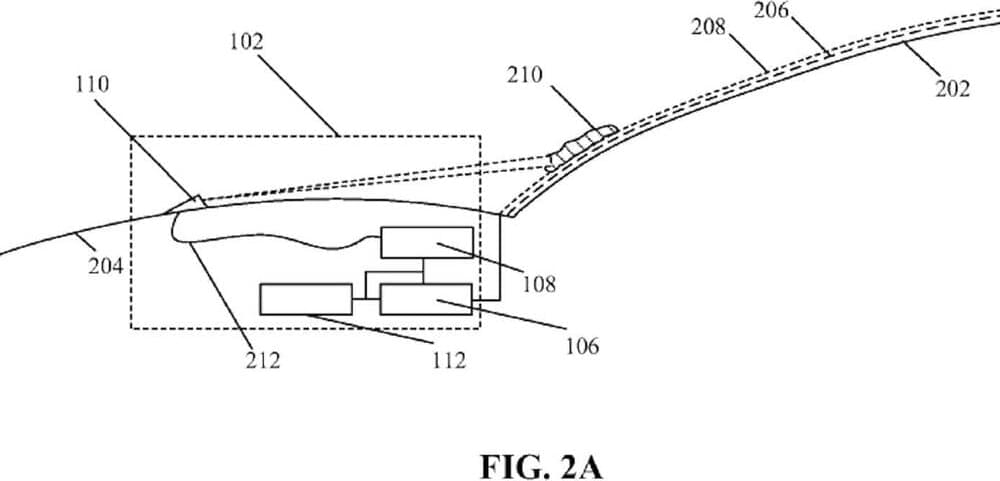
When it comes to innovation in the auto industry, Tesla is seemingly always at the forefront. They popularized electric cars, shifting public view on them from a failed fad of the past to an essential way forward. Tesla also led the way when it came to autonomy; in late 2014 the addition of Hardware 1 to the Model S saw consumers experience levels of driver assistance previously never seen in a mass-produced car. And as Tesla grows in size they continue to invest in R & D, always looking at smarter and more efficient ways of doing things. Now it seems they have turned their attention towards windshield wipers.
Tesla has successfully patented an idea for laser windshield wipers which would remove debris from cars.
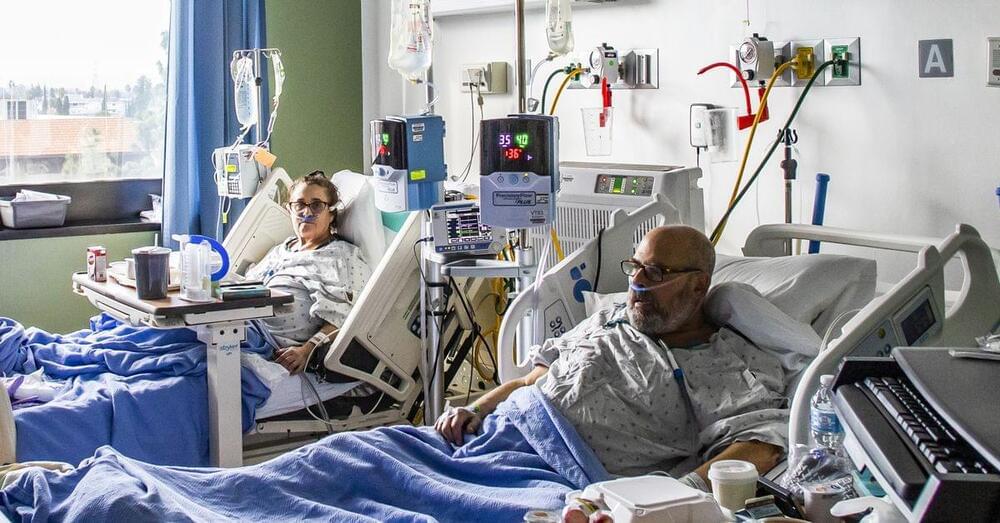
More treatments are available for Covid-19 as hospitalizations spike, but some drugs are sitting on the shelves unused.
As record daily Covid-19 hospitalizations and deaths this month in the US have pushed the pandemic to new crisis levels, senior government health officials have lamented that many patients are not getting the drugs — including monoclonal antibodies, antivirals, and corticosteroids — available to treat the disease, leaving many doses unused.
“Even with a vaccine, we know we will not prevent every infection,” said US Surgeon General Jerome Adams on January 14 during a press conference. “So today we want to remind everyone that for those of you who do contract Covid, we have excellent treatments to keep you out of the hospital, to keep you out of the ICU, to help you recover quickly.”